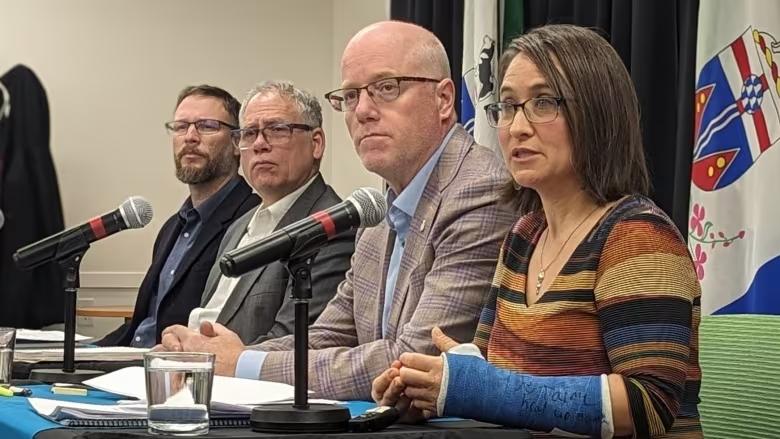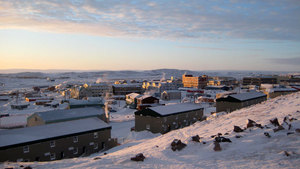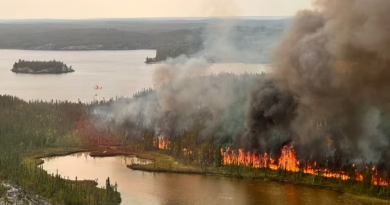Emissions rise as Yukon gov’t adds more items to climate change to-do list

Yukoners produced 7 per cent more carbon in first year of plan to hit net-zero by 2050
Yukon’s emissions rose in the first year of Our Clean Future, the territorial government’s climate change plan, but officials say the plan is nevertheless starting to work.
The government released its annual report for Our Clean Future on Wednesday. The report says the territory’s emissions rose by seven per cent over 2010 levels in the first year of the plan (emissions data is from 2021, the most recent available), but there are some caveats.
Exclude the mining industry, and emissions rose just under one per cent. John Streicker, minister of Energy, Mines and Resources, acknowledged counting mining emissions separately from the broader economy might seem counterintuitive. But he said the idea is to avoid taking credit for slashing emissions in the event the mining industry goes bust.
“Does the climate care? No. The climate cares about emissions, period,” he said.
“[But] we think it is more transparent, more accountable to treat it distinctly and to show that up-and-down, and not use it to our advantage as a government if there is a slowdown in mining,” he said.
Our Clean Future aims to reduce the territory’s carbon emissions by 45 per cent by 2030, and to hit net zero by 2050, while reducing the intensity of mining emissions by 45 per cent.
Those are ambitious goals, but while the increase in emissions in year one isn’t a great start, officials said other metrics suggest the plan is starting to work.
For example, emissions per capita are down 13 per cent, and intensity — the amount of emissions per dollar of GDP — is down 18 per cent.
Still, the government is adding 42 new goals to Our Clean Future. That includes plans, studies and incentives across nearly every government department.
Some examples include new subsidies for electric vehicles, new rules on energy efficiency for buildings, and even a plan to hire a meteorologist to study extreme weather caused by climate change.
“Most of our emissions come from the transportation sector, heating homes and buildings, and electricity,” said Rebecca Turpin, director of the Yukon’s climate change secretariat.
“And that’s why our actions target these emission sources. For example, two of our new actions we’re introducing … focus on reducing the carbon intensity of heating oil and on road transportation sold in Yukon.”
‘Not good enough in a climate crisis’
The opposition parties aren’t as optimistic. NDP environment critic Lane Tredger said the government mostly ignored recommendations from the territory’s climate leadership council, a group of 11 citizens appointed by the government to provide advice on ways to curb emissions.
“By my accounting, [the Liberals] accepted five out of 47 of their recommendations in [the council’s] report, which means the vast majority have been ignored,” Tredger said.
“I think they’ve just shown again that they won’t deliver a plan to meet their climate change targets and that’s not good enough in a climate crisis.”
Yukon Party environment critic Scott Kent, meanwhile, worries what the plan will cost households already grappling with inflation.
“We need to reduce our greenhouse gas emissions,” he said. “We certainly understand that, but how do we get there and more importantly what it’s going to cost?”
Related stories from around the North:
Canada: Isolated and expensive, the N.W.T.’s Sahtu riding feels squeeze of climate change, CBC News
Finland: Sámi knowledge helps developing climate policies, The Independent Barents Observer
Greenland: Canada and Greenland sign letter of intent on marine conservation area in Arctic, Eye on the Arctic
Russia: Oral histories unlock impact of climate change on nomadic life in Arctic Russia, says study, Eye on the Arctic
United States: Warming North pushing earth into “uncharted territory”: Arctic Report Card, Eye on the Arctic



